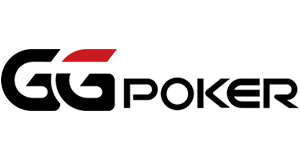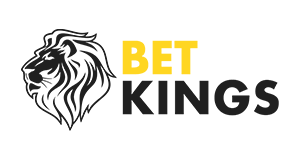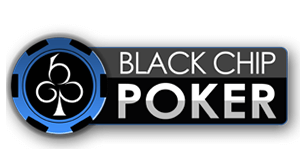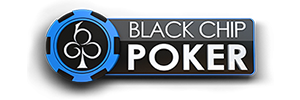In our latest poker strategy article tournament crusher John “WhatA298” Bradley explains what Double Barreling in poker is and when you should fire a second barrel.
Once you continuation bet the flop in poker, it can often be difficult to decide, whether, or not, to fire a second barrel.
In this article, you will learn, when it is prudent to fire again, when it is not advisable, and what size to use.
Following a small Continuation Bet
After you raise preflop, and are called, you will often be cbetting a large portion of your range, for a small sizing – particularly when you are in position.
If your opponent does not raise versus this small bet, it tells you a great deal about the hand he is holding.
Most of the time, on the flop, versus a small bet, your opponents will:
- Raise two pair or better
- Often raise their best top pairs
- Fold K-high or less, without a draw
This means that your opponent’s range is defined as medium strength – never nothing, but rarely something amazing.
Versus this range, you should look to bet a large sizing with a polarised range, consisting of:
- Top pair with a good kicker or better. Sometimes Overpair or better.
- Non-showdown value bluffs
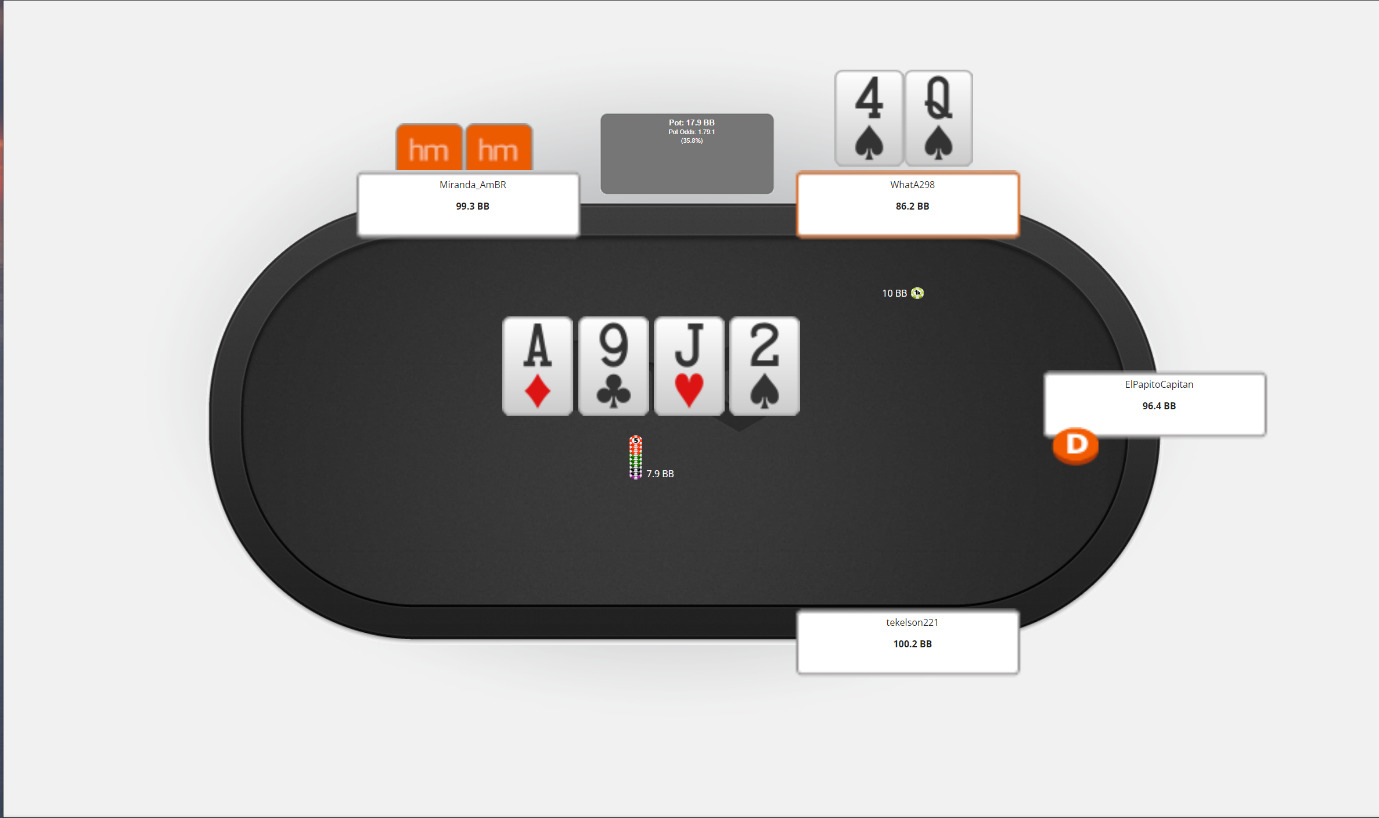
In the hand above, I raise preflop and cbet the flop for 33%, both times getting called.
There are many reasons why this is a good bet on the turn:
- Q-high has no showdown value
- The raiser has the range advantage and nut advantage
- Villain did not raise versus a small bet. This is particularly notable due to being deepstacked.
- The 2 turn, does not connect with many of villain’s holdings.
- An overbet puts maximum pressure on Jx, 9x and weaker Ax.
- The general population folds too often versus double barrels
Alongside bluffs, this bet can also be made with any value hands AT and better.
This makes your opponent’s decision very difficult with almost all the hands in their range.
Double Barreling On Turn Scare Cards
Scare Cards, are cards which change the board, in a way which improves your range, while reducing the quality of your opponent’s range.
Cards which fall into this category include:
- Overcards: for example, a Q turn after a 962 flop
- Flush or straight completing cards: for example, a Q turn on JT8
- Cards which improve hands in your range but not your opponent’s: for example, an A turn on KQ2 which improves AA, AK, AQ. All of which your opponent would usually 3bet preflop
When double barrelling scare cards, it is not necessary to overbet, but you should still bet a polarised range.
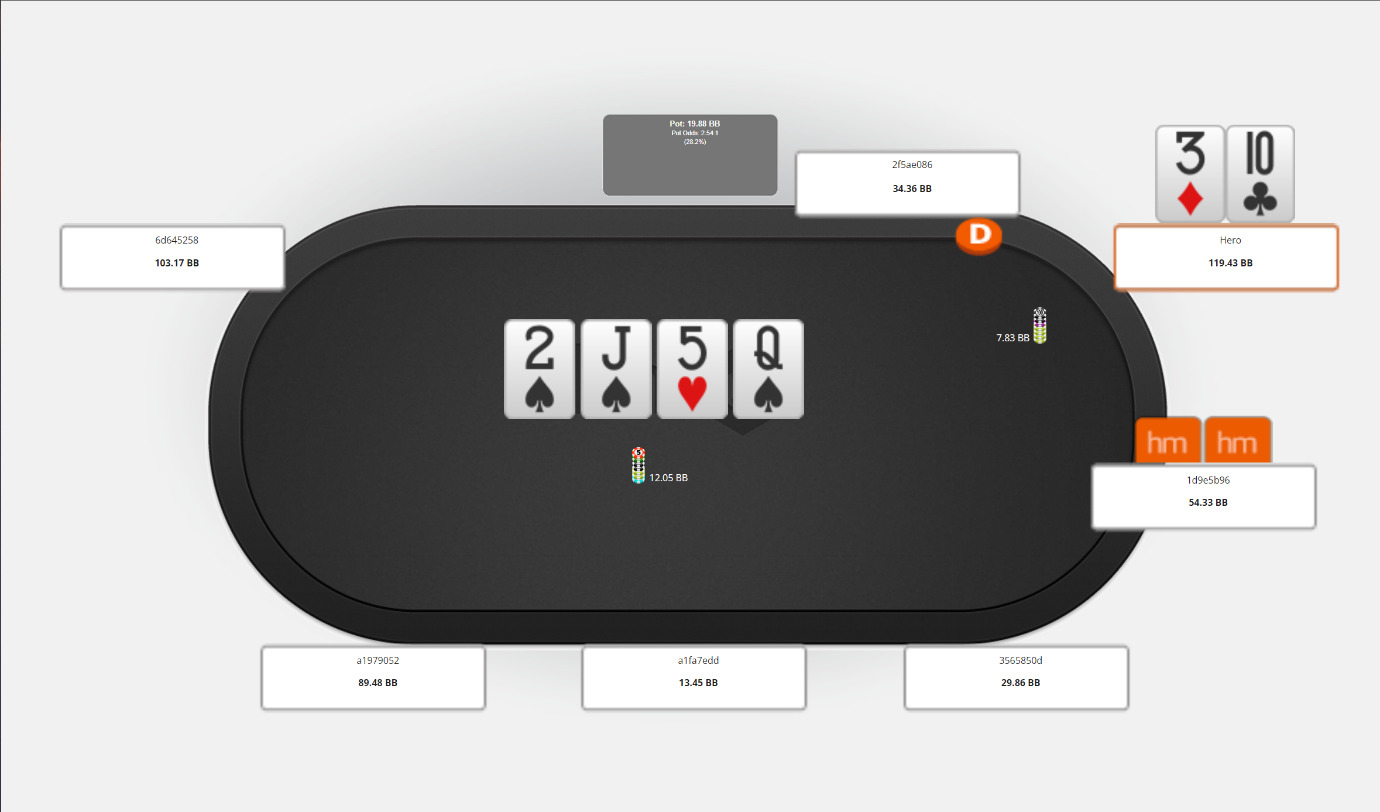
In this hand, I raise preflop, bet the flop 33%, and double barrel the turn for 65%.
This turn card is very good to barrel for several reasons:
- T-high has no showdown value
- The turn is an overcard, so the opponent’s one pair hands are weakened
- The turn brings in a potential flush. I would bet most of my flush draws on the flop, whereas villain has a large incentive to raise many of his flush draws on the flop
- The opponent did not raise the flop – so is unlikely to have too many two pair or better hands (other than those which the turn improved)
It is also worth noting that, although an overbet would be ok in this spot, a 65% bet may actually garner more fold equity.
The smaller the size, within reason, the more value hands are in my range here.
If I overbet, then the weakest value hand in my range may be AQ or KK/AA.
For this smaller size, it is reasonable to bet AJ, or perhaps even KJ, for value.
Turns which improve your opponent’s range
When the turn improves your opponent’s range, you should check a large portion of your range.
Turns which disproportionately help your opponent, when you are the preflop raiser include:
- Board pairs: A larger proportion of your opponent’s range consists of one pair holdings after they call a cbet
- Low/middling, connecting cards: Cards such as a 7 after a KT6 flop
On these types of turns, your opponent will continue often, and therefore your bluffs will not be very profitable.
Your opponent is also likely to check raise a lot more on these cards, and therefore your strong one pair hands may have to fold, on the turn or the river.
For this reason, a check for pot control, with your strong one pair hands, can be prudent, and if your opponent is prone to overbet, then a check with stronger than one pair hands is advisable.
Double Barreling in Poker Conclusion
The topic of when to double barrel, is certainly a complex one.
In this article, you learned that it is advisable to fire often after cbetting small, or when the turn is a scare card.
You also learned, that firing often on turn cards which improve your opponent’s range is ill advised.
Apply pressure in good spots, be cautious in unfavourable ones, and you will be well on your way to increasing your winrate and crushing your opponents.
- Get the best rakeback deals
- See the best poker promotions
- View the latest poker news
- Get the best No Deposit Poker Bonuses
- Benefit from the biggest poker bonus
- Watch more poker videos
- Calculate your rakeback with the rakeback calculator
- Watch the best Twitch Poker streamers
Good luck on your poker journey and if you have any questions, please do not hesitate to ask them in the poker coaching section of the VIP-Grinders Discord Channel.
Terms and conditions apply. New customer offer and 18+ only. Please gamble responsibly! Should you require help regarding your betting pattern, visit www.begambleaware.org











